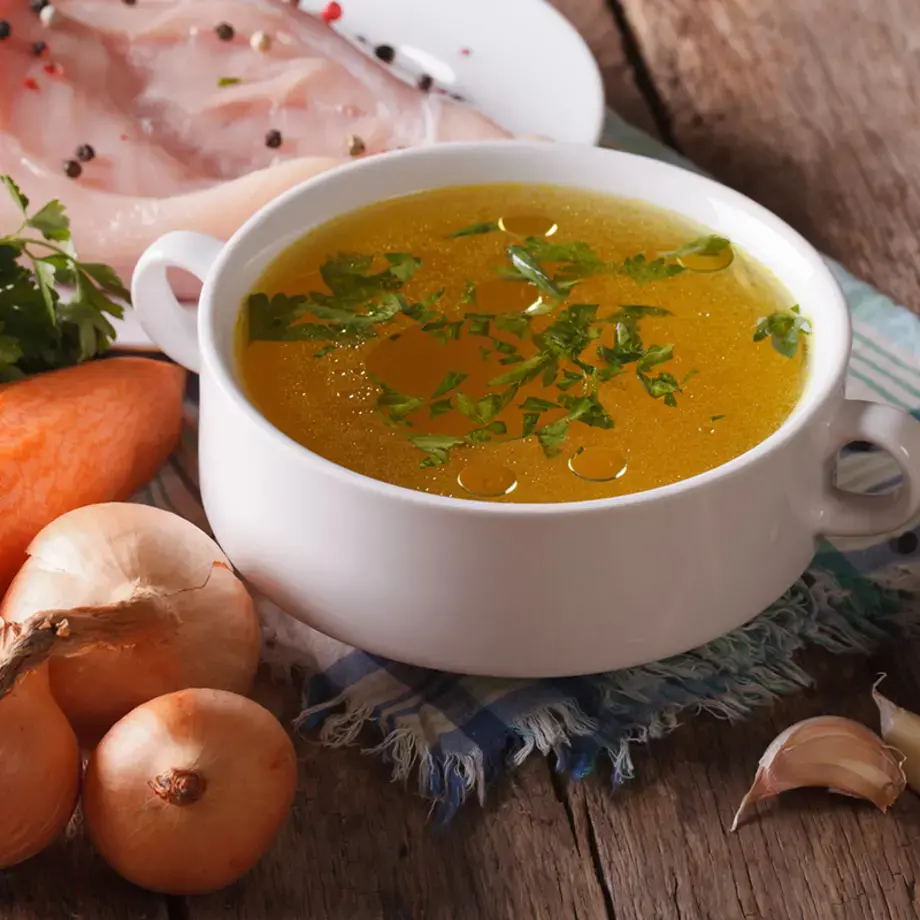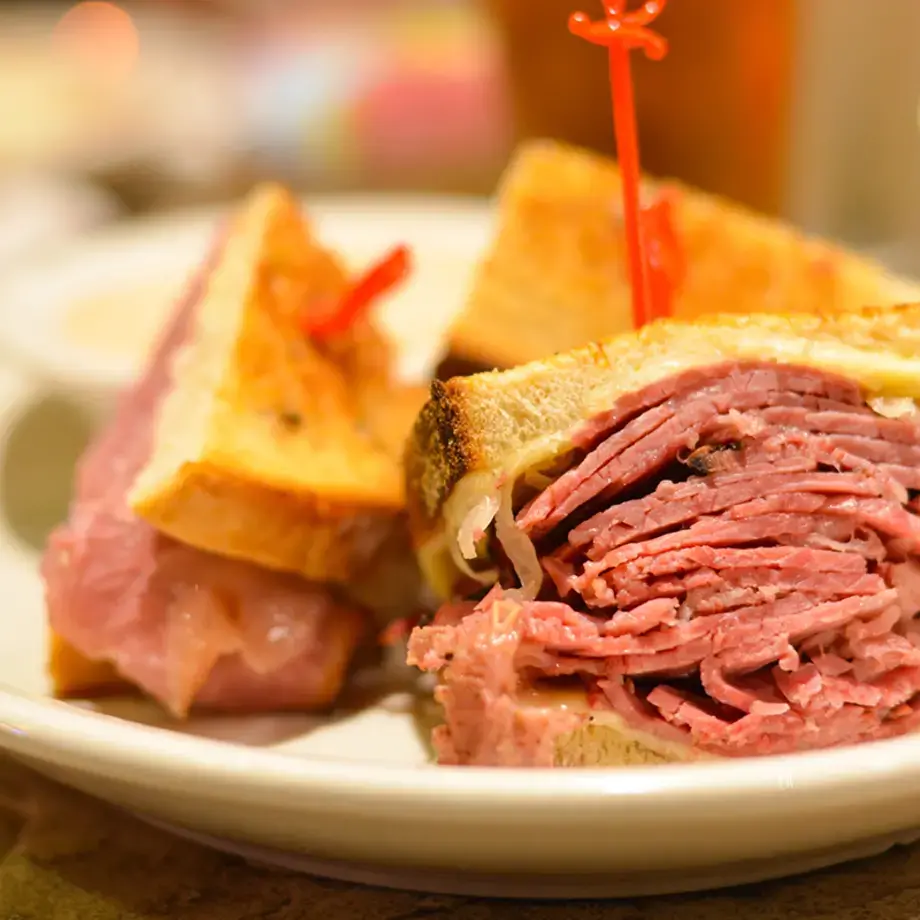It sounds like a millennial home deco piece, looks like an ornamental flower, but the pink banana is actually an edible, small banana variety originally from Assam and eastern Himalaya.
Botanically called musa velutina, the pink banana belongs to the musaceae family which includes plantains and cultivated bananas. And it is quite possibly the prettiest banana in the world.
Musa velutina trees form long pink stalks, that look like a thin tree trunk but is actually made of a sheath of large leaves. The flower stem emerges from the centre of the stalk when the plant is mature. This then produces hundreds of bananas that are held in hands, just like any other banana tree. The pink banana tree also has palm-like foliage similar to common banana plants.
What’s different from the more familiar bananas, such as the yellow Cavendish, is that the fruit of musa velutina is hot pink, taking on the same colour of the corm and the flower. They are much smaller in size, growing up to just 8 cm long, and are covered in a fuzzy pink peel (hence the nickname hairy banana). The peel is springy and splits open as the fruit ripens.
Where can you find the pink banana?
This banana plant is native to Assam, a northeastern state in India famous for its tea plantations, and the nearby east Himalayas. It is also known to be found in supermarkets in Brazil, and grown as ornamentals around the world. Musa velutina trees can also be found in Australia, but are deemed invasive environmental weed that can cause problems to the commercial banana industry.
What does the pink banana taste like?
Pink bananas are very different from their yellow cousins found in supermarkets around the world, in that they contain many large, inedible seeds embedded in the flesh - around 40 or so can be found in just one small finger-length pink banana. The flesh itself is white in colour, soft, and sweet with a slight tang to it.
How to grow a pink banana tree
Pink banana trees are hardy plants that can withstand temperatures as low as 0C to -6C. At this point, the foliage will suffer, but it will eventually spring back with the arrival of the warmer season.
As the musa velutina is considered an exotic plant, you may have difficulty tracking down the seeds to begin with. Once you have them you are also going to need some patience to see them in their full splendour. Plant the seeds in a spot with filtered light to part shade, and keep the soil moist. It can take months for the seeds to sprout, but once sprouted, the plant will start flowering and producing fruit within the year.
More recipes to make you go bananas
As exotic and aesthetic as the pink banana is, most of us are more likely to get our hands on the good old yellow kind for our exploits in the kitchen. Besides just peeling it and munching away (bananas make great post-workout snacks because they replenish potassium), bananas can be used in all kinds of dishes.
For a cool and creamy dessert, try flambée banana panna cotta, where the flavours of the cream and vanilla are as smooth as the texture of the banana discs cooked in butter.
Or turn to a timeless pairing—banana and chocolate—by stuffing crepes with a filling made from the fruit and citrus juices and generously drizzling melted chocolate over it all.
Or if you feel like baking, try your hand at a gluten-free banana muffin. The banana will keep them nice and moist, and throwing in a few raisins will up the interest.
Did you know that there is also a blue banana? Read about it here:
Blue Java Banana, the Banana that Tastes Like Ice Cream
or discover the best recipe for a Chocolate Banana Smoothie Fit for Any Time of the Day







